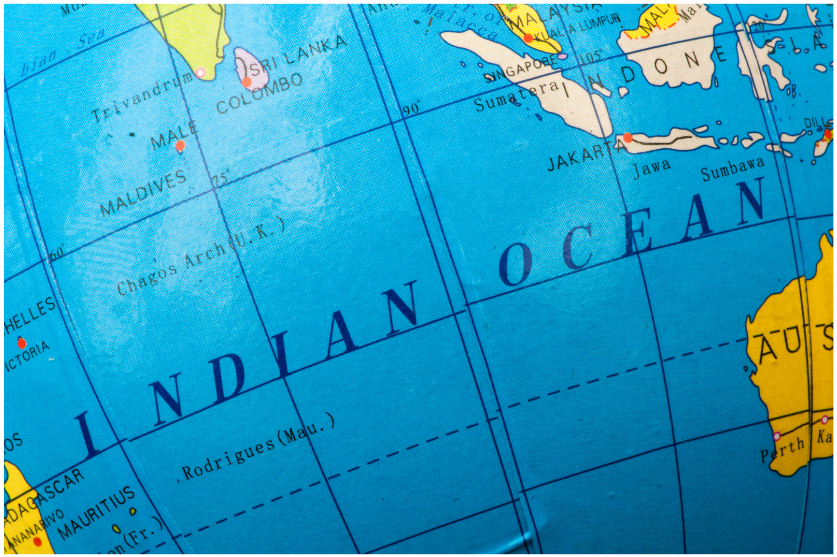India, US to reactivate Indian Ocean Observing System (IndOOS)
India and the US have recently agreed to reactivate the Indian Ocean Observing System (IndOOS), a network of 36 moored buoys in the high seas aimed at collecting ocean and atmospheric data for weather forecasts.
The system fell into neglect during the COVID-19 pandemic, leading to gaps in crucial observational data, particularly related to the Indian Ocean Dipole phenomenon and monsoon predictions.
The decision to reactivate IndOOS was made during a meeting between Earth Sciences Secretary M Ravichandran and Rick Spinrad, Administrator of the US National Oceanic and Atmospheric Administration (NOAA).
The moored buoys are part of the RAMA programme, established in 2008 through collaboration between India’s Ministry of Earth Sciences and NOAA. The NOAA will provide instrumentation, while India will provide ship-time starting in July to restart the RAMA array.
Weather forecasters from various countries highlighted in a Bulletin of American Meteorological Society article that the pandemic disrupted deployment and maintenance cruises for the RAMA moored buoys.
Observations from these buoys are crucial for operational services like cyclone warnings, monsoon predictions, climate forecasts, tsunami warnings, and more. marine observations are vital in monitoring and predicting weather and climate patterns in the Indian Ocean region and surrounding countries.
About Moored Buoys
Moored buoys are anchored floating platforms equipped with scientific instruments that measure various oceanographic and meteorological parameters, such as temperature, salinity, currents, and winds. These buoys provide continuous, long-term data from fixed locations in the ocean, which is crucial for understanding ocean dynamics, climate variability, and air-sea interactions. Moored buoys are often deployed as part of larger networks and require regular maintenance. The data collected by these buoys is essential for weather forecasting, climate modeling, and marine research.
About RAMA
RAMA (Research Moored Array for African-Asian-Australian Monsoon Analysis and Prediction) is a network of moored buoys in the Indian Ocean designed to study the complex air-sea interactions that influence the monsoon system. These buoys measure various oceanographic and meteorological parameters, such as temperature, salinity, currents, winds, and air-sea fluxes. The data collected by the RAMA array helps improve our understanding of the Indian Ocean’s role in regional and global climate, enabling better monsoon forecasting and climate modeling.
About IndOOS
The Indian Ocean Observing System (IndOOS) is a network of instruments and collaborations aimed at monitoring and studying the Indian Ocean’s climate and marine environment. It focuses on collecting data on sea surface temperature, ocean currents, and atmospheric conditions to improve understanding of the region’s impact on global climate patterns. IndOOS plays a crucial role in climate forecasting, disaster preparedness, and marine biodiversity conservation. It is supported by a network of research institutions, government agencies, and international organizations working together to enhance ocean observations in the Indian Ocean.
Month: Current Affairs - April, 2024
Category: International / World Current Affairs


